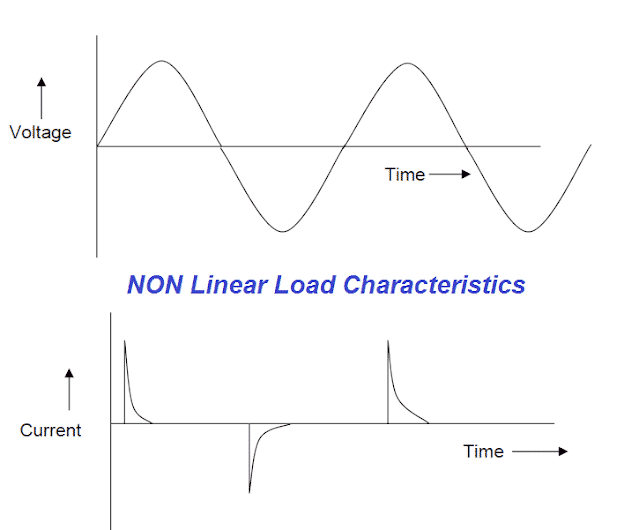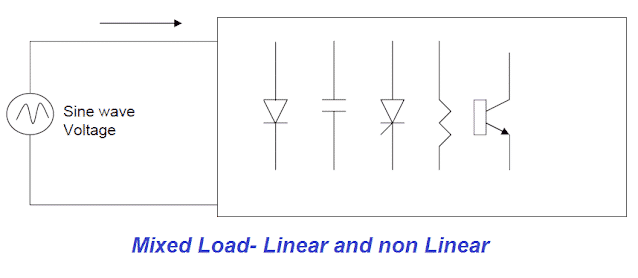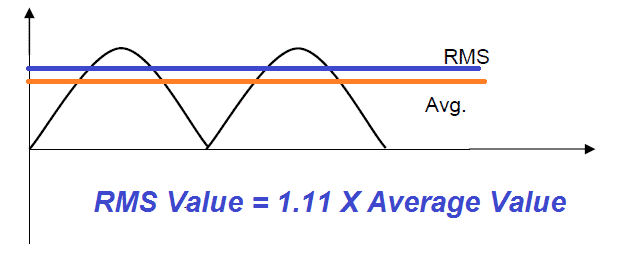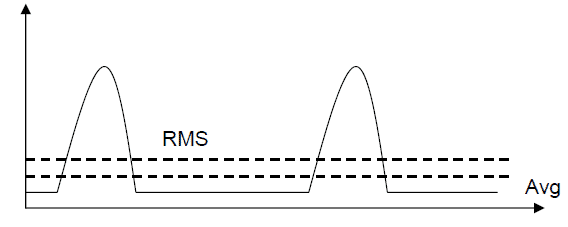What are Harmonic Studies?
Power electronics is being used popularly in industries due to ease of operation and maintenance. It is also possible to achieve the speed control of the drives with ease. However, on the other hand they generate harmonics which pollutes the electrical system. harmonic studies are conducted to determine the harmonic distortion level and filtering requirement in the network.
The old way:
Post-mortem
- Did anything happen?
- What happened?
- What was the cause?
The new way:
Prevention
- What will happen next?
- When will it happen again?
- How can I prevent it ?
Now a days, latest state of art measuring equipment are available which measures the power quality accurately and analyzing tools are also available. Whenever, load structure is changed there is need to study the quality of power system. Remember, analysis of power quality is not a one-time job. Whenever a new nonlinear load is added to electrical network one should conduct the study on harmonics and reallocation of the power factor capacitors must be done if required.
It is also necessary to monitor the harmonics (THD) at incomer as your electrical system is connected to electrical network and it is possible that harmonics generated by other consumer will reflect in your system.
Why are Harmonic Studies important?
The study on the harmonics and power quality must be carried out for analyzing the followings.
- Determining cause of nuisance circuit breaker tripping
- Determining cause of failing or malfunctioning electronic equipment.
- Specifying or de-rating transformers.
- Specifying / derating of induction motors.
- Correcting power factor
- Testing motor circuit for voltage spikes harmonics or imbalances.
- Finding harmonic current sources.
- Finding capacitor resonance problem likely to occur in the system.
- Finding of individual as well as total harmonic distortion in voltage and current.
- Finding cable losses in the system.
- Specifying numeric / microprocessor based protection relays for electrical systems.
STUDY OF LINEAR/ NON-LINEAR LOADS:
Non-linear Loads:
- Responds in an unpredictable, distorted or suddenly changing response
- Current acts differently than the voltage.
When the load contains a combination of linear and non-linear elements, the current can be distorted, contains harmonics of higher frequencies.
HARMONIC EQUIVALENT CIRCUIT
We can represent the load drawing fundamental current and the harmonic current as follows.
The load can be represented by a resistor in parallel with several current generators operating at harmonic frequencies. Harmonic current interact with the system impedance to cause voltage harmonics. The distorted voltage then causes harmonic currents in linear loads.
HARMONIC SPECTRUM ANALYSER
Harmonic spectrum analyzer is a instrument which measures the individual harmonic % and plot on a screen to evaluate the harmonics in the electrical system. It also gives the total harmonic distortion in % for voltage as well as current. The spectrum shows the different harmonic frequencies present in the waveform. It also measures inter harmonics. Thus, harmonic spectrum analyzer is very good tool for harmonic studies.
For 50 Hz systems, 51 Hz, 93 Hz, 211 Hz etc are inter harmonics. Inter harmonic frequency is not integral multiples of fundamental frequency. Variable frequency drive cause Inter harmonics because PWM inverter varies the pulse width by PWM modulation techniques.
MEASURING NON- LINEAR LOADS FOR HARMONIC STUDIES
For measuring non-linear loads true rms meters should be used. An average sensing meter assumes a non distorted sine wave and does the following calculation.
RMS Value = 1.11 x Average Value
What if the waveform is non sinusoidal? Let the waveform of a non-sinusoidal waveform is as given below.
For this current wave form, the effective or true –rms value = 1.85 X Average value
If we use average sensing meter then it’s reading will be (1.11 X average), would be (1.85 – 1.11) / 1.85 X 100 = 40 % low. In conclusion, average sensing meters will not accurately reads in case of non-sinusoidal waveform.
MULTI-METER PERFORMANCE COMPARISON(Average Vs True)
The average responding meter will give bad readings for wave shapes distorted by harmonics. The True – RMS meter will give accurate readings.
Multi-meter Response Chart
NEW GENERATION TOOLS FOR HARMONIC STUDIES
The following tools are available for study on harmonics.
- Generation and simulation
- Online Recorders
- Measure and analyse
We use the following equipment for measurement of harmonics and measuring power quality.
- Power Harmonic analyzer
- Voltage Event Recorder System
- Power Quality Analyser
Related Posts:
- Harmonics Filters – Cost and Effectiveness
- Difference between Harmonics and Sub-Harmonics
- Interharmonics in Power System
- Effects of Harmonics on Transformers
- What are Triplen Harmonics and where do they happen?
- Harmonics and Harmonic Frequency in AC Circuits
- Effects of Harmonics on Power Cables
- Effects of Harmonics on Transformers
- Harmonics Mitigation Techniques
- Impact Of Harmonics On Induction Motor






I really like your post. Thanks for sharing such a informative blog. Keep posting and upgrading our knowledge.